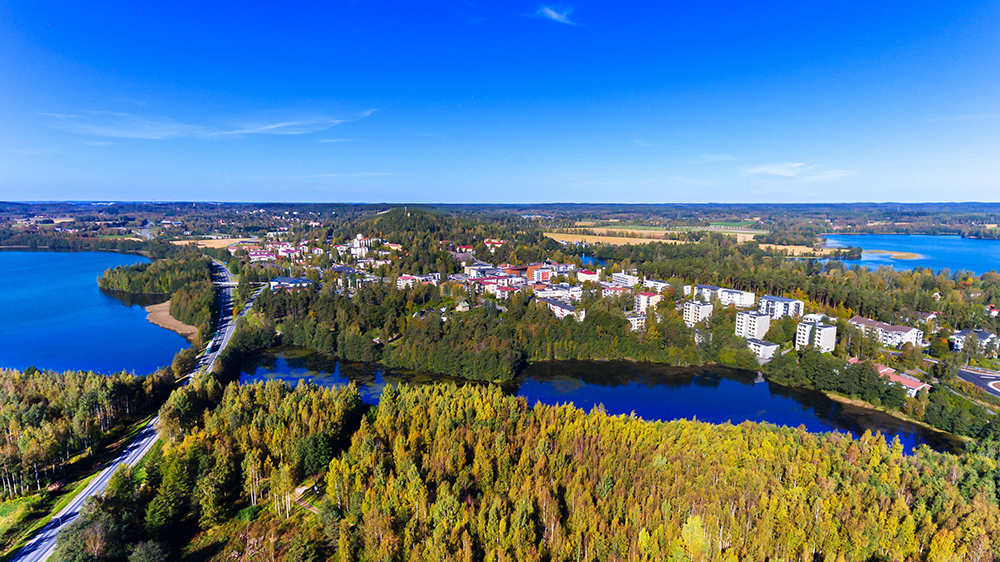Government decides on regions eligible for higher investment aid in 2022–2027

The Government has decided which regions will belong to support areas I and II in accordance with the EU regional state aid guidelines. The aim is to allocate aid to areas where the economic situation is disadvantaged either nationally or relative to the Union as a whole. In the support areas, the maximum amount of investment aid granted to companies is higher than in the rest of the country.
The goal is to even out the differences in regional development and to support the positive development of the selected regions. The criteria used to assess whether a region is disadvantaged include low population density, gross domestic product (GDP), unemployment and structural change. During the current regional and structural policy period, the support areas account for 48 per cent of the population in the EU and 27 per cent in Finland.
“The renewal of companies is key to regional development. For this reason, speeding up company investments and renewal are an important part of the regional development toolbox. The new regional aid map aims to take into account areas where the need for this is particularly great,” says Minister of Economic Affairs Mika Lintilä.
The highest-level support area I covers all municipalities in the East and North Finland regions based on a sparse population as well as municipalities that border a country not member of the European Economic area (EEA) or the European Free Trade Association (EFTA). These municipalities include Imatra, Parikkala, Rautjärvi and Ruokolahti in the region of South Karelia, and Miehikkälä and Virolahti in the region of Kymenlaakso.
Based on the GDP and unemployment rate, support area II covers the subregions of Jämsä, Joutsa, Keuruu and Saarijärvi-Viitasaari in Central Finland, the subregions of Kuusiokunnat and Järviseutu in South Ostrobothnia, the municipalities of Hartola, Sysmä, Padasjoki and Heinola in Päijät-Häme, and Kuhmoinen, Mänttä-Vilppula and Juupajoki in Pirkanmaa.
In addition to the criteria laid down in the European Union guidelines on regional aid, other factors considered included the regional economic situation of municipalities, identification of areas independent of administrative borders, employment and use of services by residents, cooperation between municipalities and transport connections.
The European Commission approved the regional aid map and aid levels on 2 June 2022. The support areas and levels must be implemented into national legislation. The government decree on support areas will be in force from 22 June 2022 to 31 December 2027. Legislative amendments on aid levels are still under preparation. The amended decree on business development aid granted by the ELY Centre is set to enter into force as soon as possible.
Inquiries:
Mari Kokko, Special Adviser to Minister of Economic Affairs, tel. +358 40 521 2124
Mikko Härkönen, Ministerial Adviser, Ministry of Economic Affairs and Employment, tel. +358 29 504 7889
Municipalities in support areas I and II on the Ministry’s website
